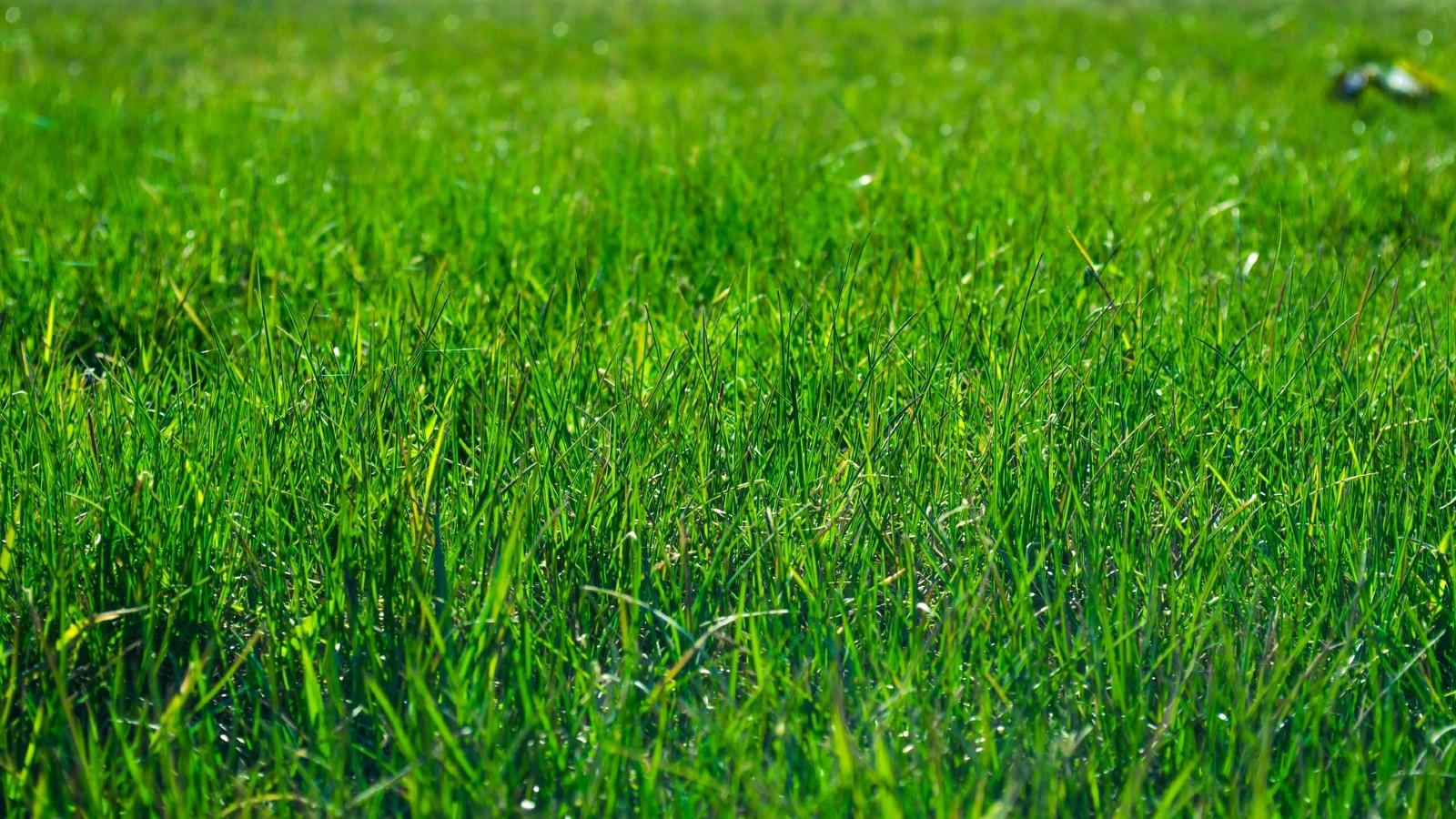How and when should you fertilize a home lawn?
A spring application of lawn fertilizer, if even needed, cannot be applied until after March 1st. Your last lawn fertilizer application for the season should be made no later than November 15th in the fall. This is according to Maryland's Lawn Fertilizer Law.
Fertilizer is essential for maintaining healthy, relatively weed, and disease-free grass. Timing, type, and amount of fertilizer play important roles in properly managing your lawn and helping to be responsible for protecting our natural resources. Our information is based on University research and can differ from commercially available recommendations. The purpose of lawn fertilization is to provide nutrients to encourage healthy active turf growth and to help overcome stressors such as drought, weeds, and grubs, etc.
The Maryland Lawn Fertilizer Law was enacted in 2013 and applies to residents as well as commercial lawn businesses. The law addresses nitrogen and phosphorus applications only because they negatively impact water quality in our streams, rivers, and the Bay.
- Late summer into the fall is the recommended time to apply fertilizer to cool-season grass like tall fescue.
- Zoysia is fertilized in the late spring into summer.
- Follow the University of Maryland Extension lawn fertilizer schedule for timing and amount of nitrogen.
- Excessive nitrogen applications in spring and summer increase disease problems and reduce stress tolerance.
- Use a lawn spreader to apply fertilizer, never by hand. Most brand-name fertilizers will list the proper setting to apply the correct amount of nitrogen to your lawn.
- Knowing the size of your lawn helps to determine how much fertilizer to buy. Bags typically cover 5,000, 10,000 or 15,000 square feet.
- Perform a soil test to check phosphorus levels and pH. For other tips see (PDF) "How to Fertilize Your Lawn Responsibly".
- Lawn fertilizers now sold in the state are formulated to comply with lawn fertilizer law. Lawn maintenance fertilizers have zero phosphorus in them and contain at least 20% slow-release nitrogen. Specialty products containing phosphorus are still available and may be used when a soil test indicates the need for phosphorus.
- Sweep or blow fertilizer and lawn clippings that land on hard surfaces back into grassy areas.
